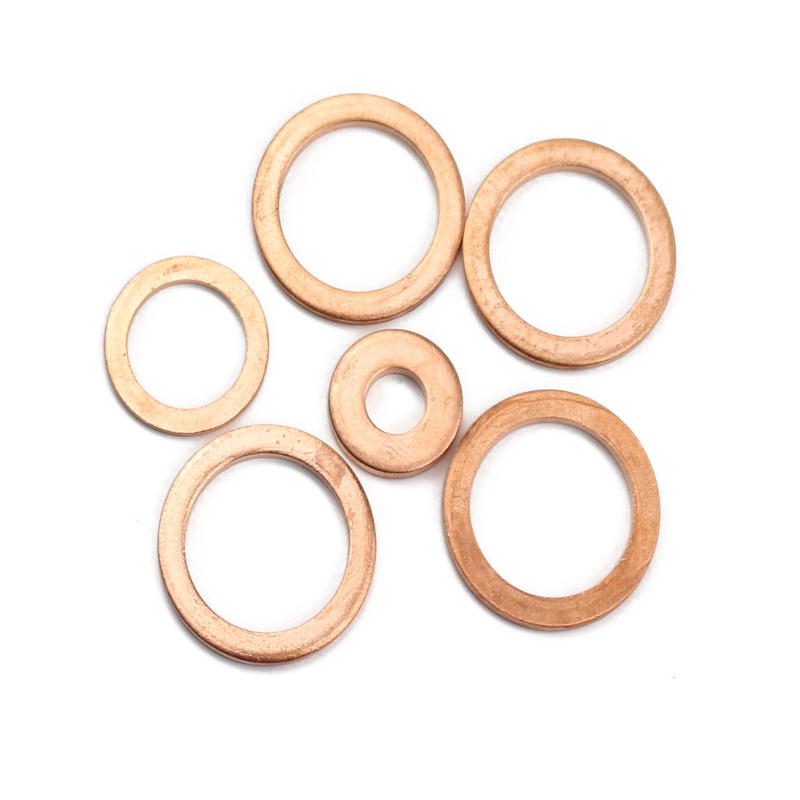rack and pinion oil seal
Understanding Rack and Pinion Oil Seals Importance, Design, and Applications
Rack and pinion systems are critical components in various mechanical assemblies, particularly in the automotive and industrial sectors. They play a vital role in converting rotational motion into linear motion, facilitating smooth steering and maneuverability in vehicles. However, one essential yet often overlooked aspect of these systems is the oil seal, specifically designed to maintain the integrity of the system and enhance its operational efficiency. This article delves into the significance of rack and pinion oil seals, their design features, and their applications.
What is a Rack and Pinion System?
A rack and pinion setup consists of two main components the rack, which is a linear gear, and the pinion, which is a circular gear. When the pinion rotates, it moves the rack linearly, translating rotational motion into linear movement. This mechanism is commonly used in steering systems of cars, allowing for precise control and navigation.
While the primary focus of rack and pinion systems is their mechanical design and effectiveness, the role of oil seals cannot be understated. Oil seals are designed to prevent the leakage of lubricants while keeping contaminants out, ensuring optimal performance and longevity of the components involved.
Importance of Rack and Pinion Oil Seals
1. Preventing Lubricant Leakage One of the most crucial functions of oil seals in rack and pinion systems is to prevent lubricant from escaping. Lubricants reduce friction and wear between the rack and pinion, promoting smoother operation. A failure in the oil seal can lead to significant lubricant loss, resulting in increased heat and wear, ultimately causing system failure.
2. Protecting Against Contaminants Oil seals act as barriers against dust, dirt, and other foreign particles. If contaminants were to enter the system, they could cause premature wear on the gear teeth, reducing efficiency and lifespan. This protective function is especially important in outdoor applications or environments with high levels of particulates.
3. Maintaining Pressure Certain applications require pressure to be maintained for optimal performance. Oil seals help ensure that pressure levels remain consistent within the system, which is important for adjusting the responsiveness of steering mechanisms in vehicles.
rack and pinion oil seal

4. Extending Component Life By preventing leaks and blockages from contaminants, oil seals contribute to the extended life of both the rack and pinion and the overall system. Reduced maintenance needs and downtime translate into cost savings over time.
Design Features of Rack and Pinion Oil Seals
Rack and pinion oil seals are engineered to withstand high stress and temperature variations. They typically feature a lip that makes contact with the shaft, creating a tight seal against lubricant leakage. The materials used are crucial; common choices include rubber, polyurethane, and various elastomers, which offer resilience and flexibility to accommodate movement while maintaining integrity under various operational conditions.
The design of the oil seal also considers factors such as the application environment. For instance, seals used in automotive applications may need to withstand exposure to various fluids, temperature extremes, and mechanical vibrations, necessitating specialized designs that enhance durability.
Applications of Rack and Pinion Oil Seals
Rack and pinion oil seals are prevalent in numerous applications across various industries
- Automotive Steering Systems They are integral in cars, allowing smooth and efficient steering control. - Industrial Machinery Used in equipment requiring precise linear motion, such as conveyor systems and robotic arms. - Aerospace Applications Ensuring the reliability of control systems in aircraft, where safety and precision are paramount.
Conclusion
The significance of rack and pinion oil seals extends beyond simple lubrication—it is a critical component in ensuring the reliability, efficiency, and longevity of mechanical systems. As industries continue to evolve and demand greater efficiency, the importance of well-designed oil seals will only increase. Understanding their role helps manufacturers and operators maintain optimal system performance and reduce maintenance costs, ultimately contributing to more efficient operations across various sectors.
-
Understanding the Front Main Engine Seal: Purpose, Maintenance, and Installation
News Jul.29,2025
-
Understanding O-Rings and Seal Rings: Types, Applications, and Custom Solutions
News Jul.29,2025
-
Understanding Crankshaft Oil Seals: Rear Seals, Pulley Seals, and Their Role in Engine Integrity
News Jul.29,2025
-
The Importance of Front and Rear Crankshaft Seals in Engine Performance and Oil Management
News Jul.29,2025
-
Crank Oil Seals: Functions, Types, and Cost Considerations in Engine Maintenance
News Jul.29,2025
-
A Comprehensive Guide to O-Rings and Seals: Types, Materials, and Global Applications
News Jul.29,2025
-
Mastering Diesel and Performance Engine Maintenance: A Guide to Critical Oil Gaskets
News Jul.28,2025
Products categories















